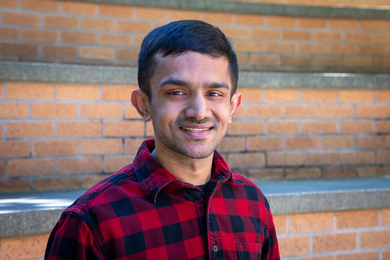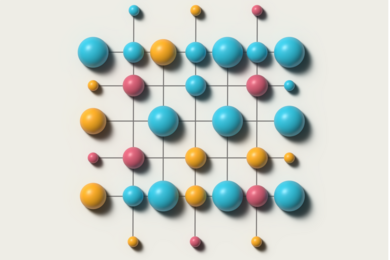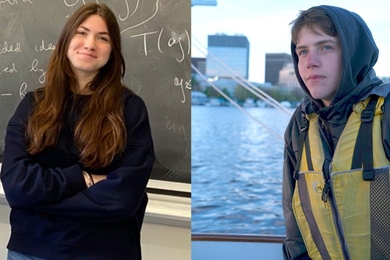Rebuilding damaged nerve fibers has proven a daunting task, but MIT scientists and a colleague recently discovered a gene that is capable of promoting nerve fiber regeneration. For the first time, they were able to fully re-establish lost connections in the postnatal mammalian brain.
Although the research (still at a very basic stage) was conducted on mice, the scientists believe that it opens the door for the functional repair of brain and spinal cord damage in humans.
"This work brings us closer to a time when we might have a therapy for central nervous system damage," said Dong Feng Chen, a postdoctoral associate at the Center for Learning and Memory and the Center for Cancer Research. "It is the first evidence that a large amount of nerve fiber regeneration can be achieved in postnatal brains of mammals, and it provides a strong basis for hope in the field of nerve regeneration and for people living in wheelchairs." Previously, investigators have been able to elicit only small amounts of regrowth of severed connections.
Dr. Chen co-authored a paper on the research that appeared in the January 30 issue of Nature. The other authors were Amgen Professor of Biology and Neuroscience Susumu Tonegawa, a Nobel laureate who is also a Howard Hughes Medical Institute investigator and director of the Center for Learning and Memory; Gerald Schneider, professor of neuroscience in the Department of Brain and Cognitive Sciences, and Jean-Claude Martinou, a scientist at the Glaxo Institute for Molecular Biology in Geneva.
The long nerve fibers or axons that carry messages between nerve cells are very fragile; injuries to the brain or spinal cord caused by trauma or stroke damage many axons, leading to the loss of connections between neurons and other parts of the body and some degree of paralysis.
Scientists have traditionally favored the idea that adult central nervous system neurons, once severed, fail to regenerate, primarily because brain tissue in adult mammals is a hostile environment for the growth of axons. The MIT scientists have shown that intrinsic genetic factors, not just the tissue environment, are of crucial importance. Brain tissue in adults contains factors that inhibit fiber growth, and it lacks growth-promoting factors.
By culturing brain tissue, the scientists discovered why nerves do not regenerate in adult mammal brains: genes that cause the growth of these nerve fibers shut down at a very young age. They also discovered that a gene called bcl-2, which was known to support the survival of cells, promotes the regrowth of severed axons.
"The discovery of a specific gene that is critically important for regeneration in the central nervous system is an important step forward in this field of research," said Professor Schneider. "We now have a genetic tag for the failure of regeneration which is new and very significant, although there are sure to be other factors."
The researchers studied the primary visual system of developing mice. One set of experiments involved putting retinal tissue next to optical brain tissue known as tectum in a culture dish. In the body, axons grow from nerve cells in the retina to nerve cells in the tectum normally so that the brain can process visual information. They discovered that bcl-2 is a key protein that can promote regeneration of axons in the adult brain.
"This is the first time we observed such a large quantity of axon regeneration in adult central nervous system neurons," said Professor Tonegawa, who holds appointments in the Center for Cancer Research, the Department of Biology and the Department of Brain and Cognitive Sciences. "We believe a similar mechanism operates in the human central nervous system, although this still needs to be confirmed."
REGENERATION SEEN
The scientists also studied axon regeneration in live mice by damaging their optic tracts when they were young. In mice with forced expression of bcl-2 in neurons, they discovered that axons were rebuilt after being damaged.
The scientists noted that further fundamental research is needed to understand precisely how bcl-2 can promote regeneration. "There certainly are other genes and proteins involved in the control of axonal regeneration, and we need to understand the whole process," Professor Tonegawa said.
Funding for the research came from the Shionogi Institute for Medical Science and the National Eye Institute of the National Institutes of Health.
A version of this article appeared in MIT Tech Talk on February 26, 1997.





